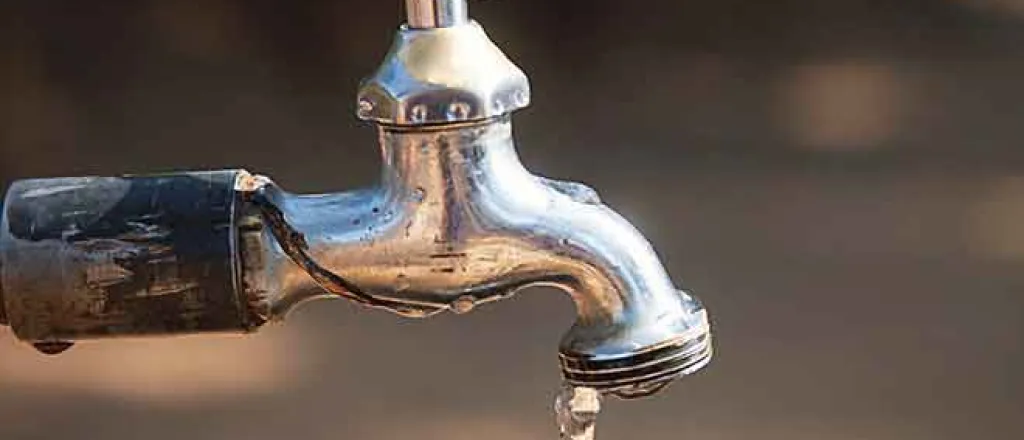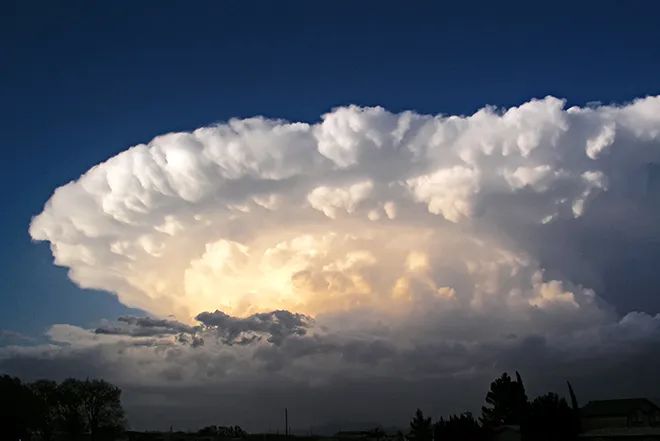
Nebraska water district protects quantity, quality for future generations
(Nebraska News Connection) Groundwater decline is a serious problem in parts of the country, but not in the Lower Republican Natural Resources District in south-central Nebraska, one of 23 such districts across the state.
Farmers and producers in the district have thrived despite nearly 20 years of the strictest water allocations and restrictions in the state.
Todd Siel, general manager of the district, said in 2004, its board limited groundwater irrigators to an average of nine acre-inches per acre, per year, or 45 acre-inches over a five-year period. Before that, there were no restrictions. An acre-inch covers an acre of land with an inch of water.
Siel pointed out constituents' attitudes about these restrictions have changed dramatically since 2004.
"We've had many people comment how they didn't like to be forced into having restrictions on how much water," Siel observed. "But they realized -- that crop can get by with a lot less water, and it's actually saving me money."
Siel explained under normal conditions growers can use their 45-acre-inches any way they want over the five-year period. But not so this year; 2023 is a Compact call year. It occurs when certain water conditions exist -- such as the level of the Harlan County Lake -- based on the 1943 Republican River Compact between Nebraska, Colorado and Kansas. During a Compact call year, the Lower Republican district has what Siel called a "hard cap" of 13-acre inches a year, while observing the 45-acre-inches total over five years.
Using less water does a lot more than save farmers money, Siel noted. It protects groundwater quantity along with groundwater and surface-water quality.
"There've been issues across the state and across the county with nitrates in the water," he explained. "There's many, many reasons that nitrates are in the water. It's not just because of fertilizer application, but that is one factor. And using less irrigation water on it is a good thing."
Marlin Murdoch, a multi-generational farmer and member of the Lower Republican Natural Resources District board, remembers being concerned when the flow meters were first installed in the early 2000s.
"We've all become more educated to understand -- at a certain stage of growth and those types of things -- when the crop needs the water," Murdoch emphasized. "We've become more profitable because we've become better managers of this valuable resource."
Murdoch also pointed to the role of no-till farming in staying profitable with less water.
"With no-till, you preserve the water because you don't cultivate and lose it that way," Murdoch stressed. "They talk about every time you work the ground you lose an inch of water. Well, that's pretty valuable."
Barring a multiyear megadrought, Siel and Murdoch are confident there will be ample groundwater for the grandchildren and even great-great-grandchildren of farmers in the Lower Republican District.

















